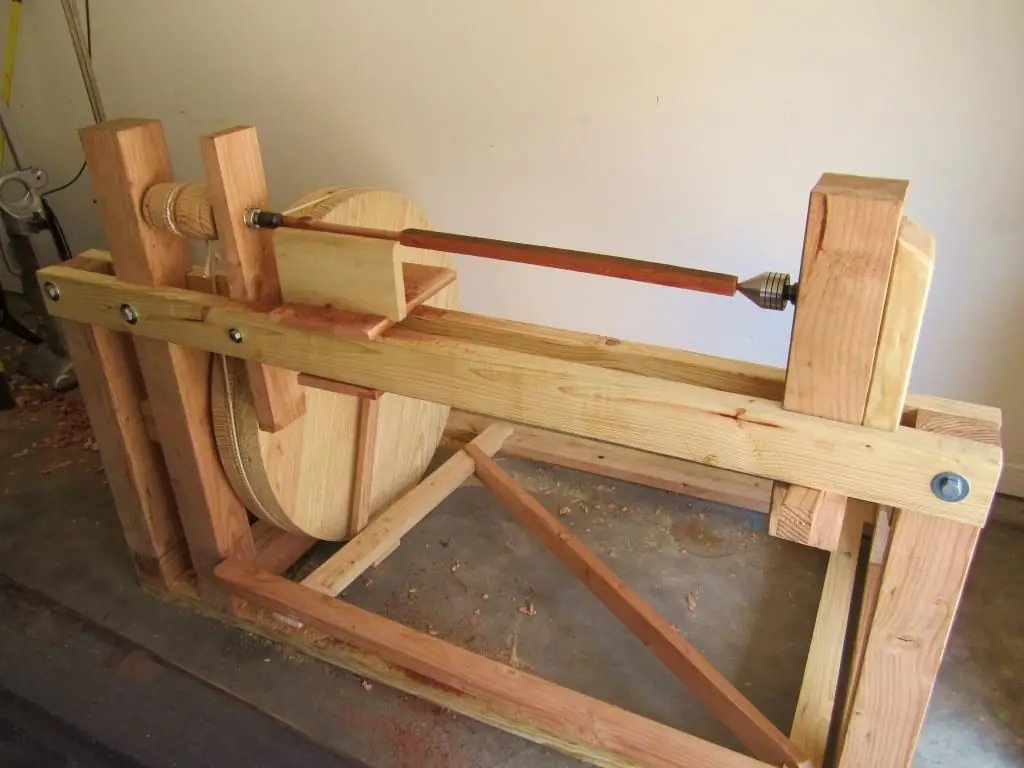2025 Author: Howard Calhoun | [email protected]. Last modified: 2025-01-24 13:10:36
Because wood is one of the oldest building materials and has been in use for a very long time, there are many methods that can be used to process this material. One of these methods was planing wood. The operation is quite old, but it is with the help of it that it is possible to give the desired shape and size to the workpiece.
Modern wood processing
Today, there are two ways to carry out this operation. It can be done manually, or it can be done mechanically. In terms of the mechanical style of machining, the most common operation is the planer.
Since today the technologies are developed quite strongly, the machines began to be supplied with program control, robotic complexes, automatic lines. All these improvements have led to better machining quality and a significant increase in accuracy.

Planing technology. General Description
Wood planing technology orthe general technological process is that part of the process during which the shape, size or properties of the material being processed are changed. In addition, since wood is a rather demanding material for processing, the whole process is divided into several stages. The first stage is drying, because if the workpiece is not dried, then it will definitely warp in the future. This is followed by the stage of cutting the material into blanks of the desired size. The next stage is just the planing of wood, or any mechanical processing of wood, the purpose of which is to give the desired shape and fit to the desired dimensions.
It is also worth noting that the sequence of technological operations may vary. It depends on the type of raw materials, on the method of finishing, on the organization of production, etc.
The essence of planing wood is that all roughness, warping and other defects are eliminated from the surface of the workpiece. It is worth noting here that most often these defects occur after the wood blank passes the sawing stage. Sawing is the process of cutting wood, in which the direction of the straight line coincides with the direction of the working movement. That is, sawing and planing of wood are two main processing methods, the technology of which is quite simple, but it is with its help that all wood raw materials take their shape.

Hand planing. Tools for the job
The main tool for manual processing is a planer. It is used to processall planes. You can also use jointers or sherhebels. The body of almost all plows consists of such parts as a block, horns, stop, knife, wedge. The wedge is necessary in order to be able to fix the knife in the block. For manual planing of wood, a knife is used here, which is used as a steel plate. The thickness of the element is 3 mm, and it is made of carbon tool steel grades U8 or U9. The lower part must be hardened.
The block is presented in the form of a rectangular block of wood. The front part of this detail at the sherhebel or planer is equipped with a horn mounted on top. The jointers behind the knife have a handle. In addition, the block has a sole. It is this part that wears out the fastest in the area that is located in front of the span. For this reason, in some cases, a pentagonal insert made of the most durable wood is glued into a regular sole. When planing wood with a planer, it is necessary that the knife lies flat against the back of the notch. To do this, it must be made perfectly flat. There is also a stop behind the end of the knife, which is necessary so that the handle does not rub your hand during operation.
Sherhebel is a tool that is used only for primary processing. In other words, rough wood planing is carried out. The knife of this tool is presented in the form of an oval cutter. With its help, the surface layer is removed, however, after its work, rather deep hollows remain.
The next tool is a planer. Planing wood with this toolis also primary, and it consists of approximately the same elements as the sherhebel. The essential difference is that the knife here is made in the form of a rectangle, and its edges are somewhat sharpened so as not to pick up the wood during processing. It is used to level surfaces previously treated with a sherhebel.

Methods of the operation
Types of wood planing are divided into manual and mechanical, but they, in turn, can also be carried out in different ways. Before proceeding with the procedure itself, it is necessary to carefully examine the workpiece and determine in which direction the fibers go. It is also important to understand the degree of roughness of wood. There is an important rule. Planing of wood is always carried out in layers. In other words, you need to lead the tool in the direction of the exit of the cut annual and oblique fibers. This is important, as choosing the right direction will help make the whole process easier. In addition, there will be less roughness. While working with tools such as a sherhebel or planer, they must be held as follows: the horn is held with the left hand, and the right hand supports the tool stop. If a jointer or semi-joiner is used for work, then the handle is taken in the right hand, the left palm is placed on the block.
Naturally, this operation must be carried out in accordance with strict security rules. It is possible to carry out sawing and planing of wood only with those tools that are sharp and correctly sharpened, as well as correctly fittedwedges. The sole of the tool must be perfectly flat. In addition, you can only clamp the workpiece whose ends are parallel and perpendicular to the edges. The material that is clamped on the workbench should fit snugly against it so that there are no kinks.
After the planing of wood with a hand tool has been completed, you can not put it on the sole, put it on its side, with the sole away from you.

Machining. Tools for the job
For the mechanical processing of wood by this method, an electric planer is used. Models for operation IE-5707A-1 and IE-5701A.
As for the first manual electric apparatus, it is most often used in carpentry workshops, if the place of work is equipped with a workbench. For planing wood with a planer of this type, it must consist of an electric motor, a V-belt drive, a cutter with replaceable knives, movable and fixed skis, a head, and a handle. The essence of the processing technology is as follows. The rotor of the electric motor rotates in two ball bearings. A fan is mounted on the shaft. In addition, a drive pulley is also fixed at the end of the shaft. The torque generated by the rotor is transmitted to the cutter using a V-belt drive. On this unit there is a possibility of regulation of depth of planing. To do this, the front ski can be lowered or raised. The equipment can also be used for roughing and finishing. The difference is that for roughing, a groovedcutter, and for the final - flat.
The second type of electric planer consists of roughly the same parts. The difference is that the knife shaft is driven by the V-belt drive, not the cutter. The knife shaft itself consists of two knives.

Sawing and planing wood OKVED 2: code 16.10
OKVED is the all-Russian classifier of types of economic activity. This document includes the following stages of wood processing:
- Cutting, cleaning or splitting lumber.
- Production of wooden railway sleepers.
- Sawing and planing wood, impregnating wood with various chemicals to protect it from environmental influences.
- Compulsory lumber drying.
- Production of unassembled type flooring.
All-Russian classifier of types of economic activity - OKVED for sawing and planing wood - this is a document that also has several clarifying, child codes. The main entry is under the code 16.10.

Tool setting and operating methods
Before starting work, you need to check the equipment. It is important that the blades on electric planers are properly set, sharp enough and properly sharpened. It is very important that the blades come out the same length and are flush with the back panel. Another important rule is that the mass of working knives should beis the same. The electric planer itself must be grounded, and any adjustment, adjustment or repair can only be carried out if it is disconnected from the mains.
The operation of the electrical apparatus is carried out as follows. The plug is connected to the network, after which, by pressing the power button, the electric motor will start. After the electric planer reaches the required speed, it can be lowered onto the wood blank. It is important that the workpiece is completely free of any debris, dust, dirt or ice if work is carried out in winter. It is very important that the planer lowers slowly enough, otherwise, when the workpiece and the knife come into contact, a push will occur, which is likely to destroy the lumber. The unit must move along the material in a straight line. It is also worth mentioning that after processing is completed for the first time, the machine is turned off, the wood returns to its original position and the operation is repeated.

Safety is also very important here.
It is important to ensure that all live parts of electrical equipment are properly protected. In addition, only a person who has undergone special training is allowed to work with an electrical unit. It is also important to ensure that the knives do not touch metal parts during operation.
Slicer
It is worth considering the device of this machine from the fact that it can be one-sided or two-sided. If aa double-sided machine is used, it is possible to process two adjacent surfaces of one workpiece at once. There are also machines with manual feed or with mechanized feed. If everything is simple and clear with manual feed, then for mechanical feed it is necessary that an automatic feeder be installed nearby. In some cases, a built-in conveyor feeder may be used instead. Also, these machines are equipped with devices such as chip collectors, which are used to collect chips and dust. He joins the factory exhaust network.
Getting Started
Preparation for work includes the stage of technical adjustment of the unit, as well as checking its performance. As for technical adjustment, it consists in the following. Knives that are installed on jointers must have a straight line shape. With the help of a ruler and a feeler gauge, the deviation from straightness is controlled. The gap that is allowed between the ruler and the blade is only 0.1 mm if the blade length is up to 400 mm. If the blade is up to 800 mm long, then the gap can be 0.2 mm. As in the case of an electric planer, the knives must be balanced in weight. The knives are installed sequentially. The device has a chip breaker. Blades of knives should protrude above this element by no more than 1-2 mm. To test the machine, it is necessary to have a control block, which is usually made from hard, dry, seasoned wood. It also has precisely machined edges. The cross section of the faces can be 20-30 x 50-70 mm and length from 400 to500 mm.
Technology of the machining process on the machine
One worker is needed when operating the planer, which has a manual feed. The worker takes the workpiece from the stack and evaluates its condition. Excessively warped lumber should be discarded. If it is not strongly concave or warped, then it can be used, the product is placed on the table with the concave side. Next, the workpiece is pressed against the ruler with the left hand, and fed to the machine with the right hand. In this case, the end of the wood will move the fan fence. This will open access to the shaft with rotating knives. When the front part is processed, it is necessary, still holding the workpiece with your left hand, with your right hand, little by little push it forward, at a uniform speed. In this case, of course, you need to keep your hands at a safe distance from the knives.
If a planer with a mechanical feed is used in the work, then the feed rate of the lumber is calculated based on the maximum power of the electric motor. After processing, it is necessary to check the product. Deviation from the plane is allowed no more than 0.15 mm for every 1000 mm. The deviation of adjacent surfaces is allowed no more than 0.1 mm at a height of 100 mm.
When using this tool for planing wood, it is very important to ensure that there are no defects or inhomogeneities on the surface. If during operation the knife stumbles upon such a defect, the workpiece may twitch, and the worker's hand lying on the product may fall into the knife gap.
The most dangerous is planing wood that is thin enough tonarrow or short. For this reason, if the machine has a manual feed, then there are restrictions on the dimensions of the workpieces. Length up to 400 mm, width up to 50 mm, thickness up to 30 mm.
Recommended:
Wood processing technology and production of wood products
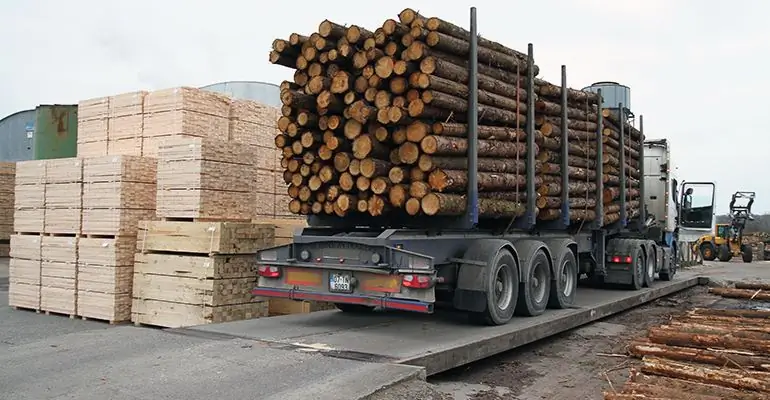
Wood is an unusual and especially valuable material. For all its familiarity, it has an amazing set of technical and physical properties that a person cannot repeat with the help of synthetic substitutes. This is due to the extensive use of blanks made of natural wood in a variety of industries. Modern wood processing technologies and the production of wood products in general make it possible to provide people with furniture, building materials, decorations, utensils, etc
Stamping is a metalworking process. Types of stamping and equipment
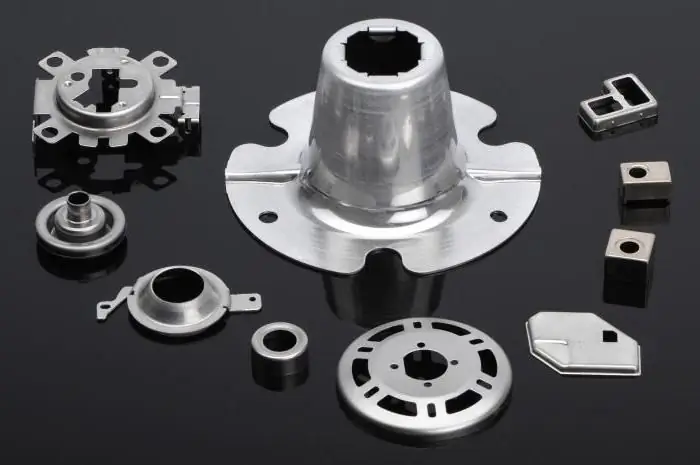
The technological process in which workpieces are processed, which makes it possible to obtain flat or voluminous finished products of various shapes and sizes, is stamping. The working tool for this purpose is a stamp, which is fixed on a press or other equipment. Stamping is two types of technology that, depending on the conditions, are performed in a hot or cold way, and therefore both equipment and technological standards differ from each other
Wood shavings: types, production technology and application features
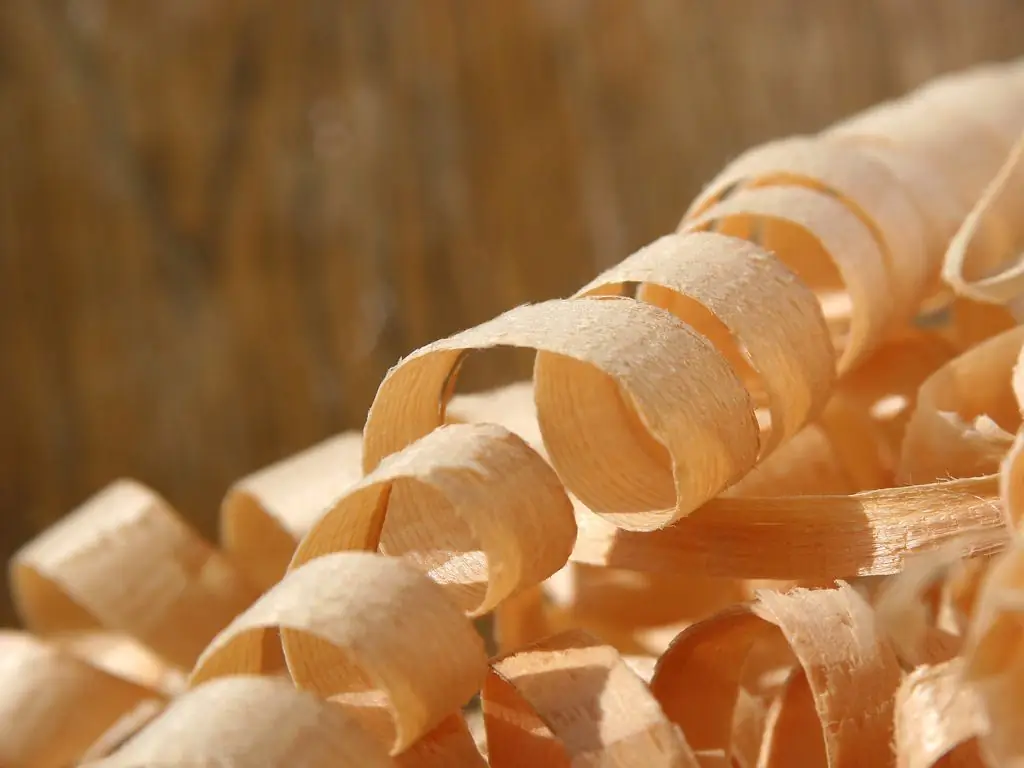
Wood shavings as an industrial, packaging and decorative material. Types and characteristics of chips, differences from chips and sawdust. Application in the country, in animal husbandry, in construction, as a heater, decorative element and filler when packing gifts and fragile items
Butt welding: equipment, methods and process technology
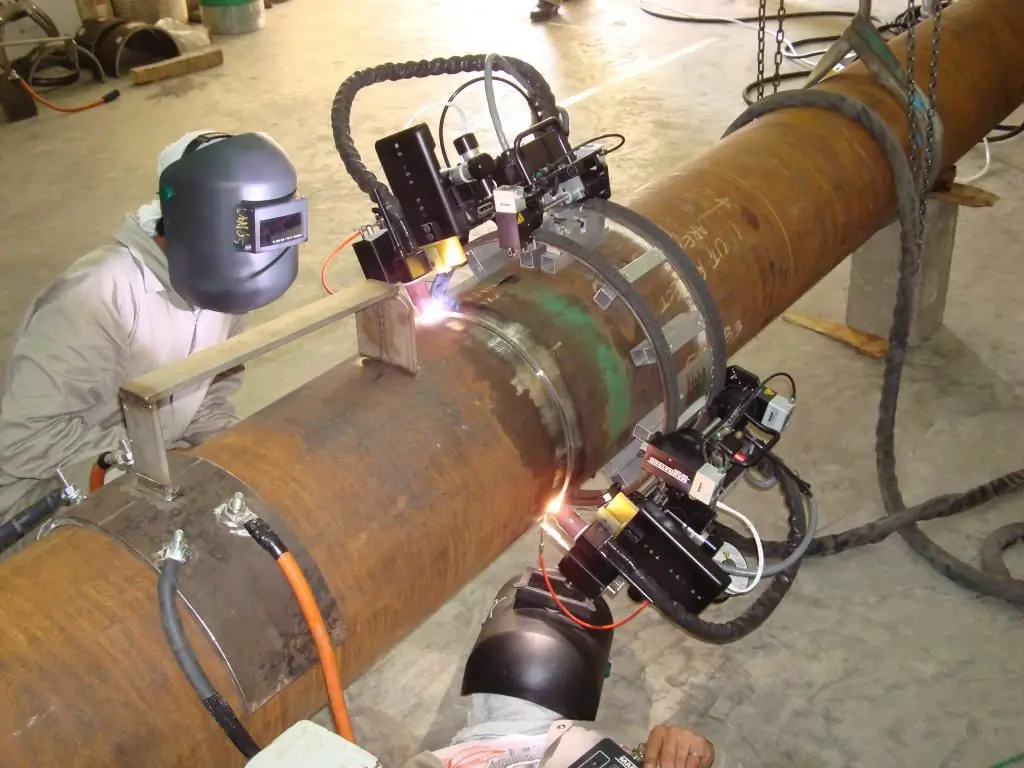
Features of flash butt welding. Types of butt welding joints, as well as equipment, methods and technology for carrying out the butt welding process. Welding seam defects arising from flash butt welding, as well as the reasons for their formation
Plasma surfacing: equipment and process technology

The efficiency and problems of plasma surfacing are extremely acute for material engineers. Thanks to this technology, it is possible not only to significantly increase the service life and reliability of highly loaded parts and assemblies, but also to restore seemingly 100% worn and destroyed products

